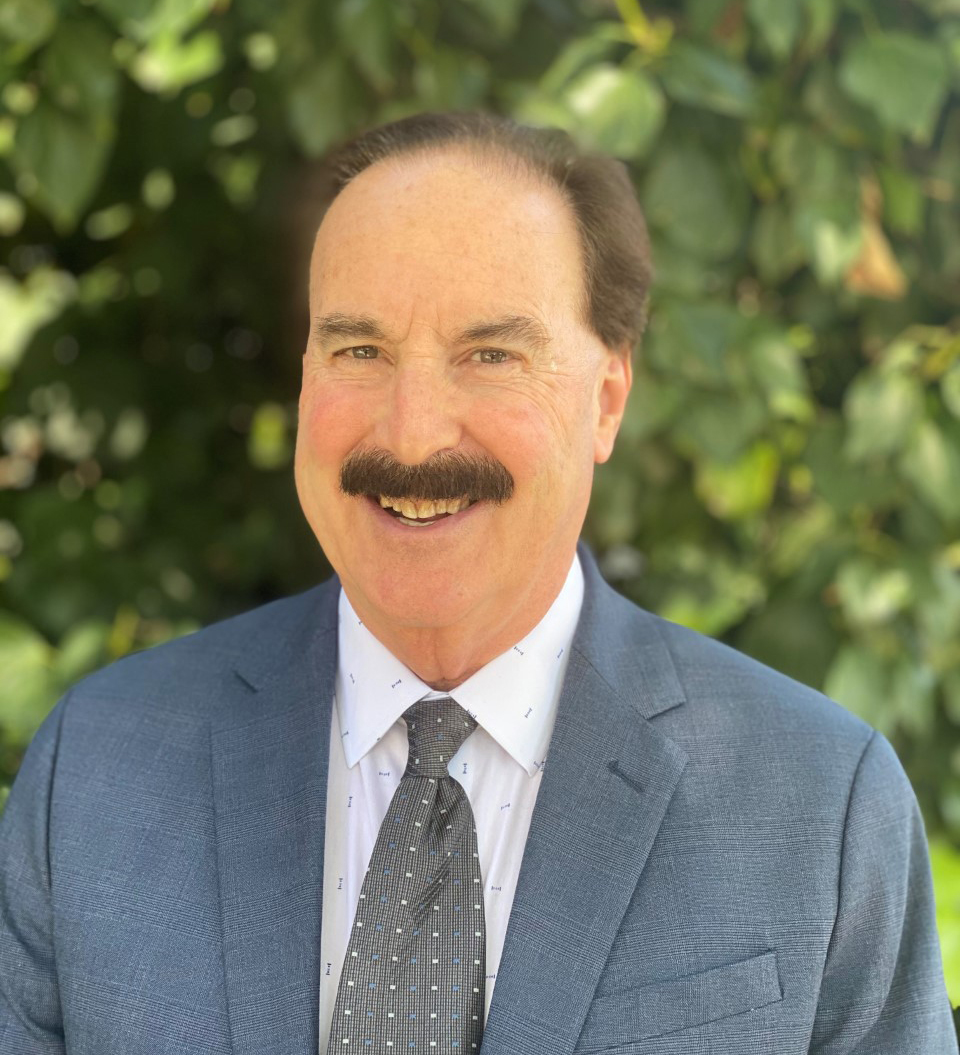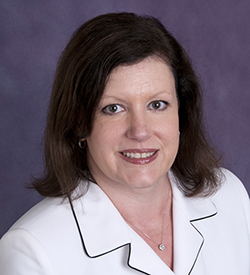Wayne State University not only has Michigan’s most diverse student body, but it also has the most diverse doctoral faculty among Michigan’s public universities, according to data published by the Chronicle of Higher Education.
The Chronicle aggregated the race, ethnicity and gender of full-time faculty members at more than 3,300 institutions as of November 2020. Its data shows that 32.1% of Wayne State’s doctoral faculty are minorities, making it the only Michigan public university over 30%.
Wayne State’s strong showing is driven in part by a three-year trend of increasing numbers of Black doctoral faculty. This is now at 7.9% — significantly higher than the state’s other major research universities, the University of Michigan (3.3%) and Michigan State University (4.4%). Wayne State also leads the state’s R1s in the percentage of women doctoral faculty.

“Diversity is in our DNA at Wayne State, and also something we work at very intentionally,” said Mark Kornbluh, provost and senior vice president for academic affairs. “A diverse graduate faculty is essential if we are to have a diverse professoriate in the future. All research shows that diversifying the faculty is a vital step towards increasing opportunity and success for diverse students in graduate education. This in turn shapes the future of the professoriate. We are committed to further improving our number of underrepresented faculty members.”
Diversity, equity and inclusion are a university-wide effort and a focal point of Wayne State’s 2022-27 strategic plan, “Our Moment in Time.” The first strategic goal in DEI is to “recruit, support, retain and empower a more diverse faculty and staff,” and the Office of the Provost has several programs and initiatives in place.
- The new Pathway to Faculty program with the Graduate School, which will guide and prepare pre-faculty fellows for the acceptance of tenure-track positions, was announced in November 2021 to diversify the professoriate by granting early career scholars protected time to advance research or creative work that furthers diversity, equity and inclusion.
- Kornbluh has prioritized a multiyear tenure-track cluster-hiring initiative spanning all 13 schools and colleges to add expertise across campus in areas that most affect African American life, culture, health, history and well-being. With support of WSU President M. Roy Wilson, academic leadership is developing this program with a goal of hiring 50 new tenure-track faculty members over three to five years.
- Wayne State’s Gender Equity Advances Retention in STEM (GEARS) program — funded by a $1 million grant from the National Science Foundation — is working to create systemic change to increase equity among female faculty, particularly underrepresented minorities, in STEM disciplines. By supporting positive shifts in campus climate, the three-year award aims to improve retention of underrepresented faculty.
The Office of the Provost also works collaboratively with the Office of Equal Opportunity (OEO) throughout the hiring process.
For example, the Office of the Provost has mandated that the Office of Equal Opportunity provide education for all search committee members on expanding and diversifying recruitment, avoiding implicit biases, and using the Ph.D. pipeline created by the Office of Institutional Research and Data Analytics to find diverse graduates across the country in specific disciplines. Members of nearly 100 search committee have participated in such OEO programs since this initiative began in 2018.
OEO reviews and either approves or rejects the search committee efforts at each stage of the process. The hiring committee composition is required to be as diverse as possible, given available faculty within the department, and the advertising and recruitment strategy must be approved before the faculty position can even be posted in the online hiring system.
Once the search begins, the final candidates are reviewed for diversity and inclusion purposes. If the candidates are not diverse, and the department itself is already lacking diversity, the associate vice president or OEO can recommend to the provost that the hire should not be approved.

“Ultimately, we want the department to hire the best-qualified person available, and the faculty hiring process ensures that the hiring process identifies a qualified diverse pool of candidates for consideration,” said Amy Stirling Lammers, interim associate vice president for equal opportunity. “Requiring a diverse hiring committee also makes it more likely that an underrepresented candidate will be selected. There is abundant research on implicit bias which demonstrates that people are more likely to select a candidate that is ‘like them’ in terms of race, ethnicity, and gender.”
Other efforts are being made through the Social Justice Action Committee (SJAC), which was created by Wilson in June 2020 following the death of George Floyd at the hands of police. The SJAC’s hiring and retention of diverse faculty implementation group has made a number of recommendations to increase the diversity of those making decisions to hire and retain faculty, as well as provide greater accountability. Recommendations include:
- Requesting that search committees use and submit a hiring rubric as part of the OEO hiring process.
- Requesting departments to submit evidence that their approved recruiting plan was indeed followed.
- Encouraging departments/colleges to allow a wider representation of faculty classifications on search committees to help increase committee diversity.
- Submitting an annual equity and inclusion plan to the provost reporting college and department progress toward equity.
- Identifying a third-party resource to conduct exit interviews of historically underrepresented faculty who have left the university during the last five years.